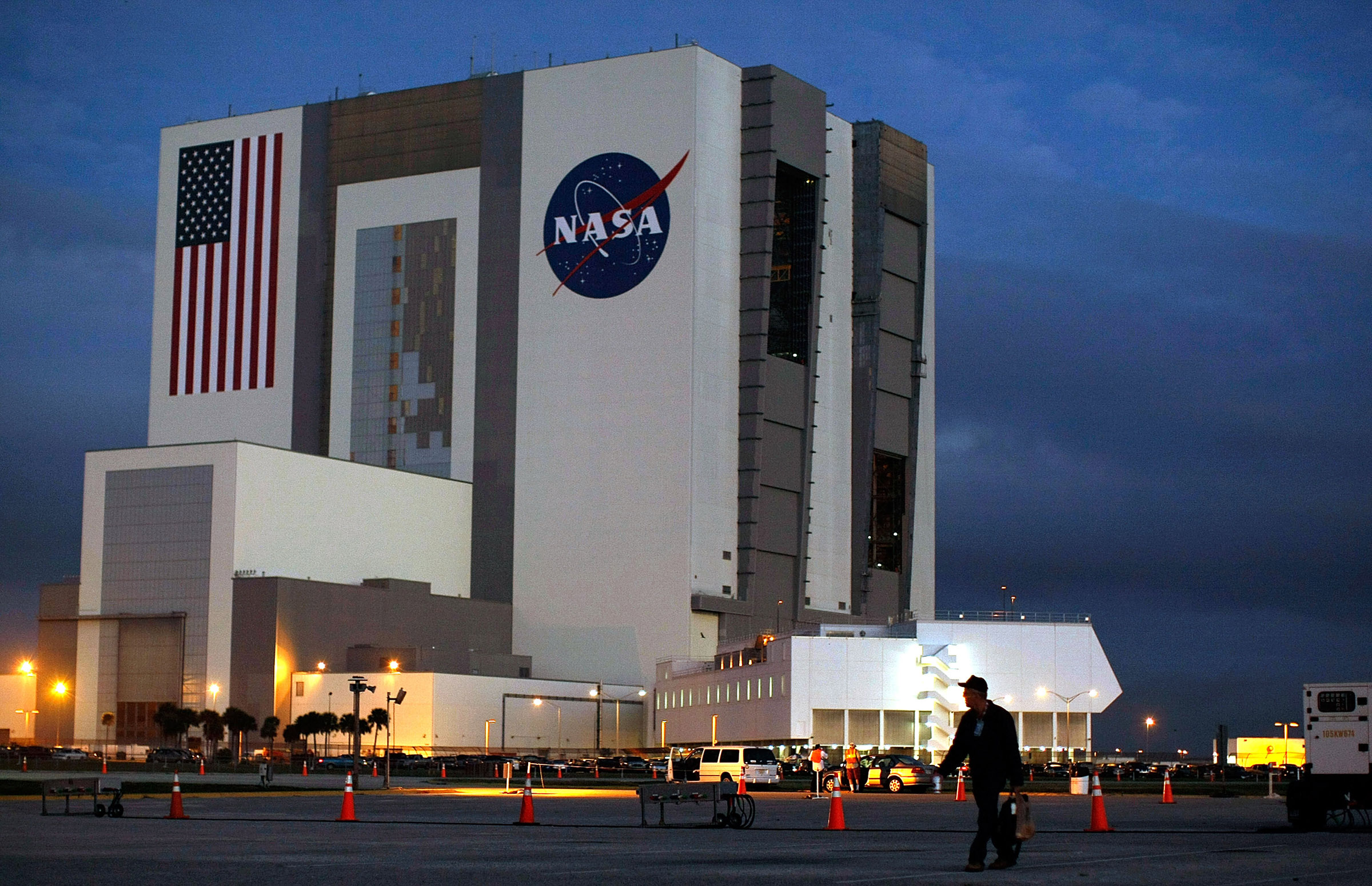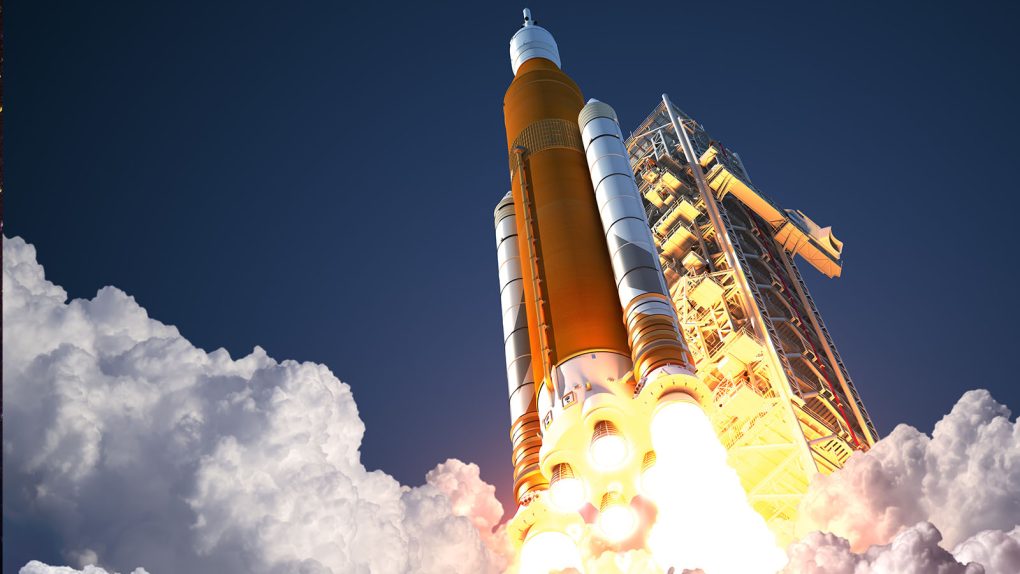NASA’s Space Launch System just completed the first leg of the Artemis I mission, delivering one of the most promising space exploration missions to the stars. But just because it succeeded doesn’t make it the most sustainable option. In fact, according to NASA’s cost and plans for the Artemis missions, the NASA SLS rocket isn’t actually sustainable at all.
According to information shared earlier this year, NASA’s SLS rocket costs over $4 billion to build, and because it isn’t reusable, every mission that NASA carries out with the system will cost that amount to build the rocket. This isn’t taking into account the other man-hours needed to get the rocket into the air, either.
Nor is it taking into account the massive amount of damage that NASA’s SLS rocket does to the launch pad, something we saw just last month when the first Artemis mission launched. Adding all of those costs on, plus the addition of changing prices over the coming years, and we’re looking at some very expensive missions.

The SLS rocket also utilizes the same propellant that NASA used back in the Space Shuttle era, which means a constant concern of leaks and having to refill tanks to get them back up to where they need to be for launch. It’s all of these concerns that have many wondering just how long NASA’s SLS will last as its primary driver for missions like this.
Plus, with SpaceX and others working on reusable options for getting spacecraft into the air, it’s intriguing to see NASA not taking a similar approach with its most important space missions in 50 years. Perhaps the space agency has something else in the works, but for the moment, the Artemis missions are looking mighty expensive to keep up.
This sustainability only comes into question more when you start to think about the plans that NASA has for the Artemis missions, like a manned mission to Mars and even the possibility of creating a colony on the Moon.







